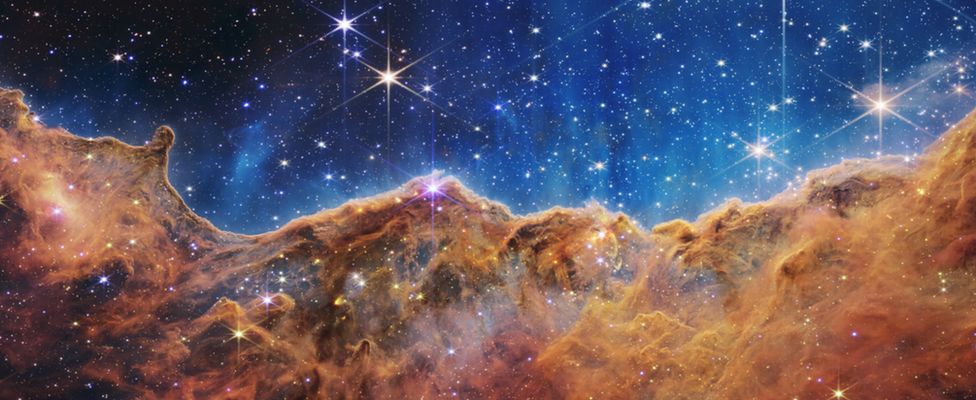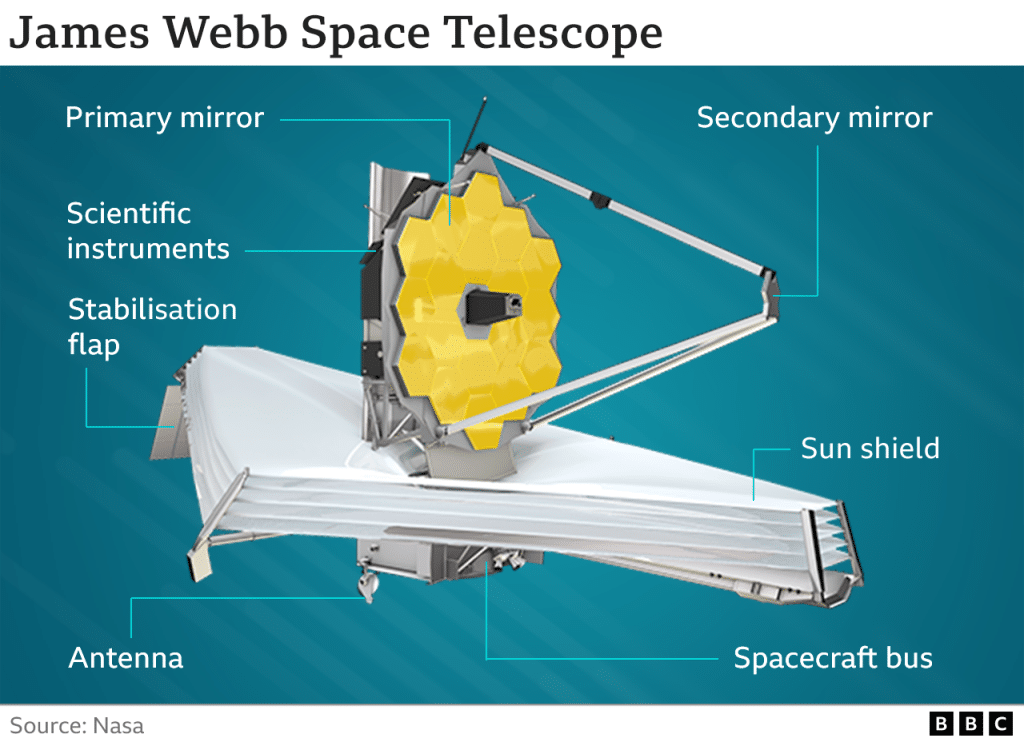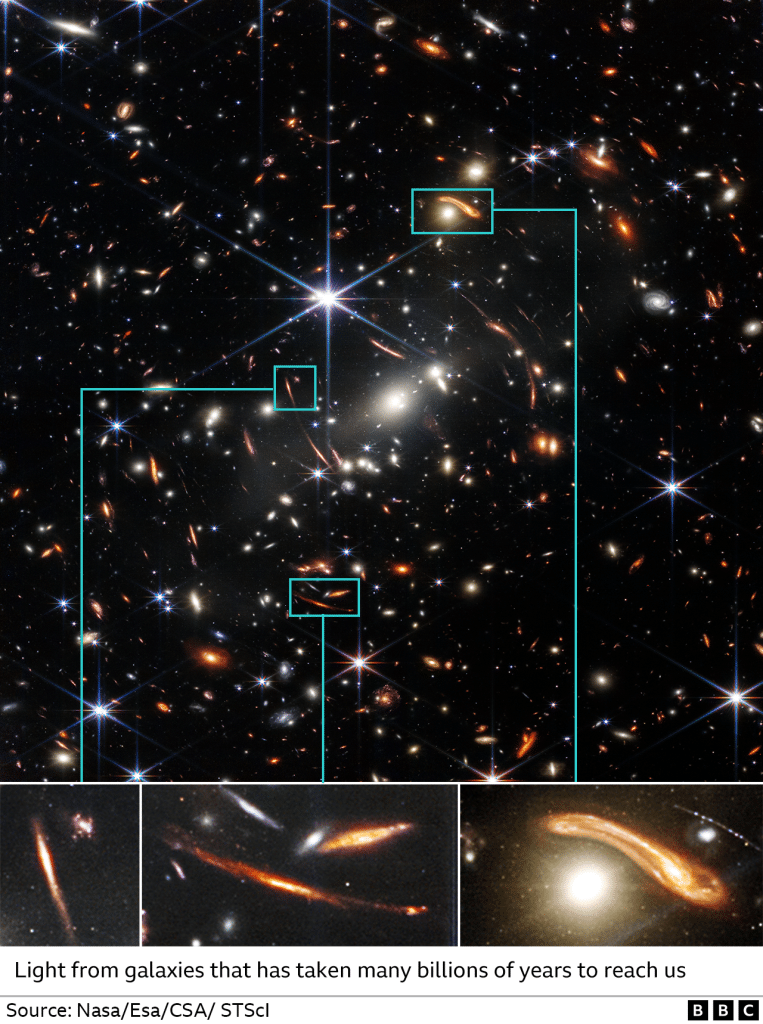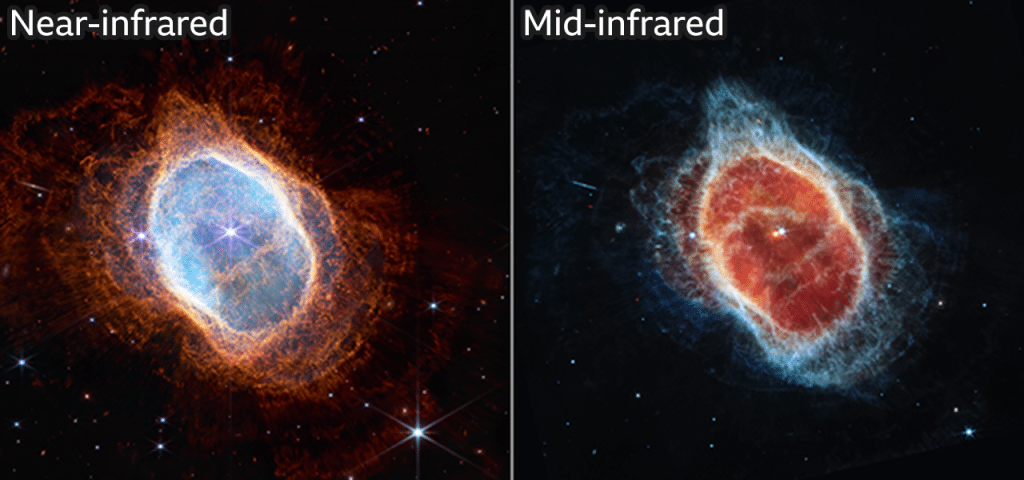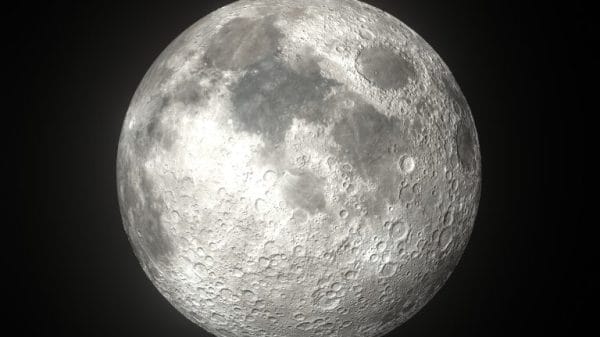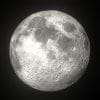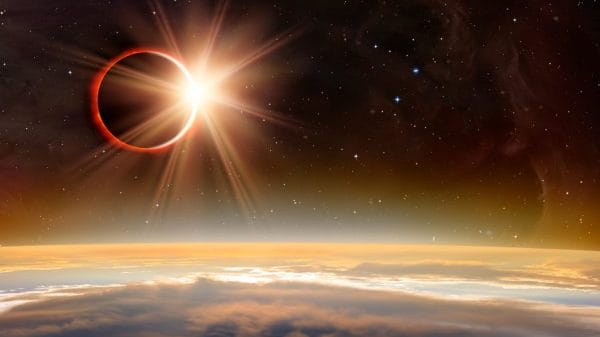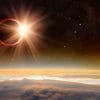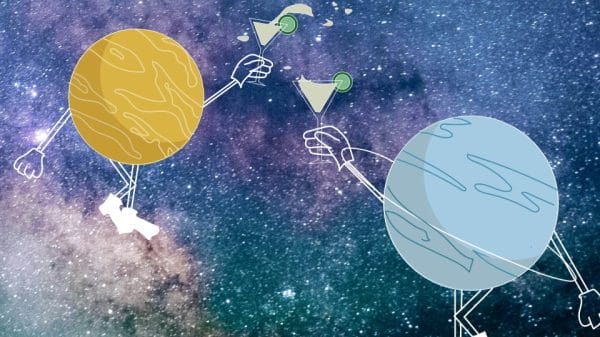And they are truly out of this world.
On Tuesday, the James Webb observatory released new images retrieved from their $10 billion space telescope. These images were acquired over six months of intense testing and labor since the launch.
The telescope was created under a new joint project between the United States of America with NASA taking the lead, in conjunction with European and Canadian space agencies. The telescope is considered to be the successor of the Hubble telescope. This telescope, James Webb, is expected to maintain the lead in space discovery for at least another two decades due to its ultimate technology.
Such technology includes being able to tune light in the sky to infrared waves, which cannot be sensed by human eyes. Infrared waves are longer than visible light, so the telescope is able to look deeper into the Universe. Previous obstructions of gas clouds ruining images of the cosmos are now a problem of the past as the James Webb telescope can see through them. Allegedly, the James Webb telescope can detect events occurring far back in time… about 13.5 billion years far back in time.
Professor Gillian Wright has stated that this initial batch of images are only a teaser for what more will be discovered. The telescope has the potential to detect life abroad in the Milky Way because of its high potency visuals. Prof Wright is the British researcher and co-principal investigator in the infrared instruments of the telescope.
Check out the released images below:
Carina Nebula
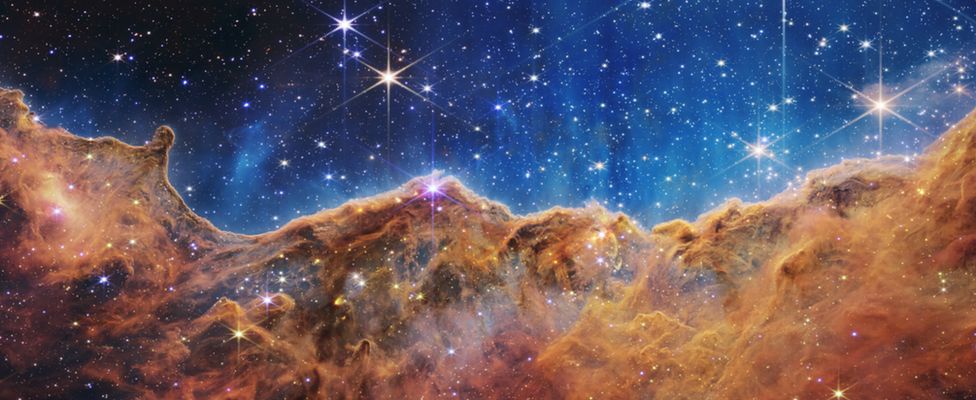
SMACS 0723
The Southern Ring
Stephan’s Quintet
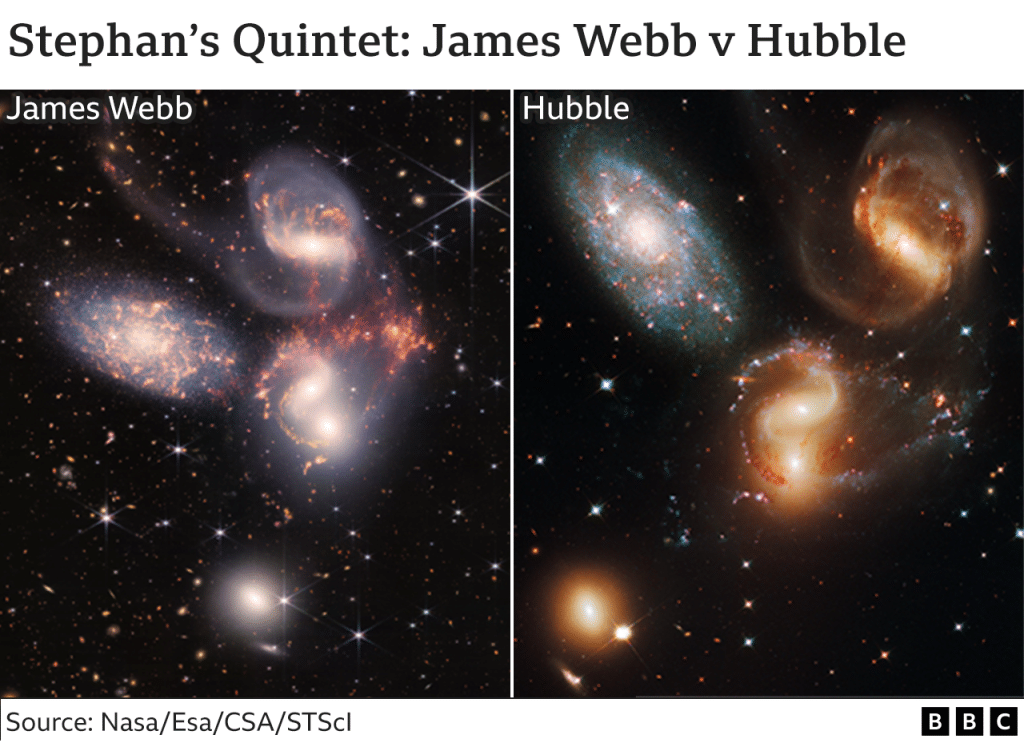
These images are all the smallest possible fraction of the sky out there. The amount of detail and depth they go to reveal galaxies infinitely reaching out. It is almost impossible to conceive what more the Webb telescope will be able to capture, as it is set to be gathering information about our skies for the next 20 years.
In other tech news, read here about the potential of gaming in replacing critical real-world skills.


